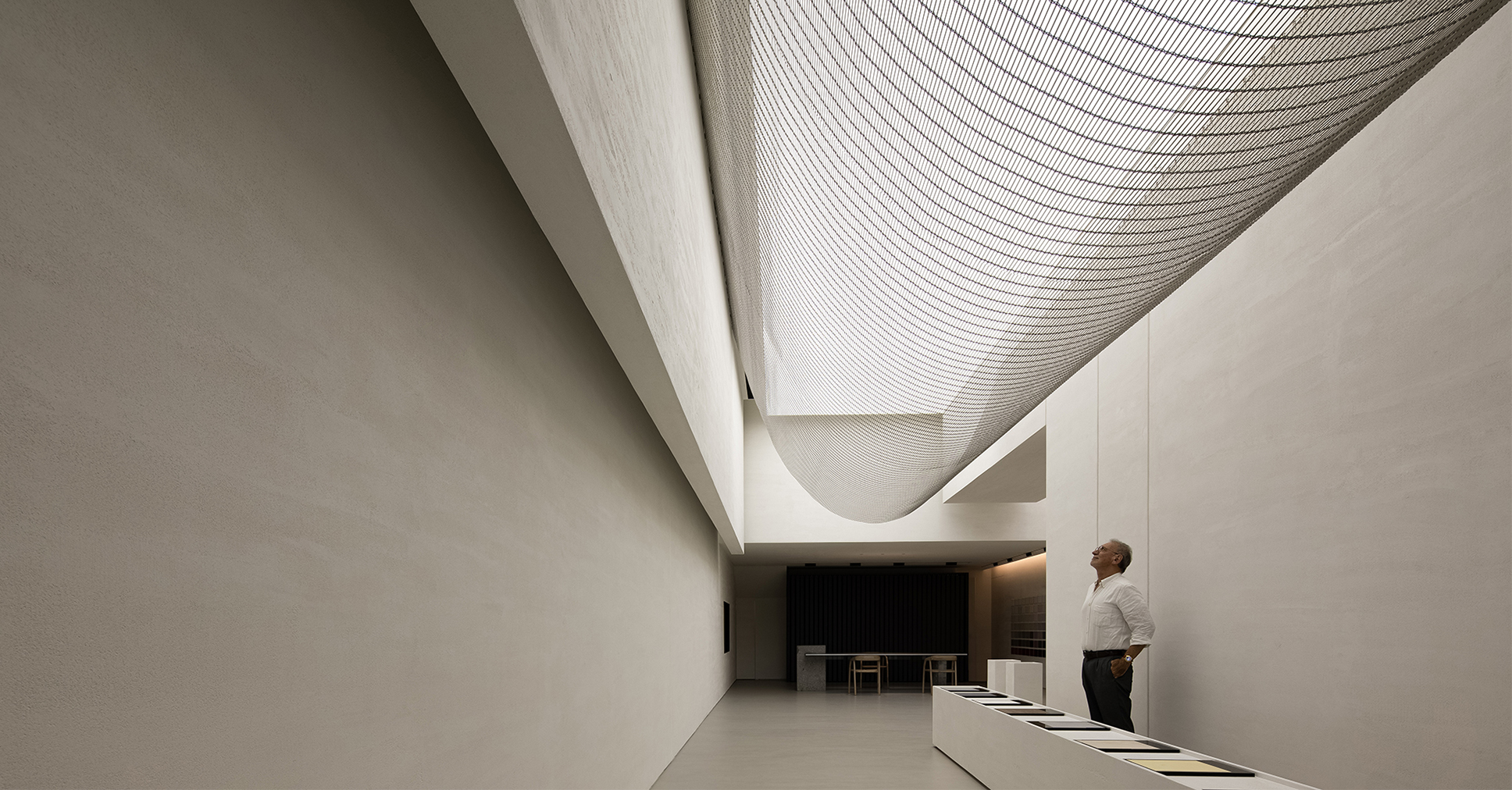Last chance: The 14th Architizer A+Awards celebrates architecture's new era of craft. Apply for publication online and in print by submitting your projects before the Final Entry Deadline on January 30th!
Since the dawn of the new Millenium, China has undergone rapid change. Just two decades ago, most people around the globe would have associated Chinese architecture with traditional typologies, building materials, and techniques. Postmodern terms like Critical Regionalism, which promote modern interpretations of long-standing local architectural practices, were not applied to this area of the world. However, mass urbanization and rapid industrial development have been crucial ingredients in China’s rise as an economic superpower in the twenty-first century. As Gestalten’s recently published volume, Beauty and the East, demonstrates, these new technological possibilities are now breathing life into centuries of local traditions. The resulting architectural aesthetic is distinctly Chinese and undeniably modern.
With a foreword by Wang Shu, co-founder of Amateur Architecture Studio, dean of the Faculty of Architecture at the Academy of Art in Hangzhou, and the first Chinese citizen to win the Pritzker Prize, Beauty and the East presents a panorama of path-breaking Chinese architects on the forefront of this new approach. Eminent design journalist (and China editor of Wallpaper* magazine) Yoko Choy contextualizes the book’s contents in her recent conversation Wang Shu. From shortcomings in architectural education to the limitations of “tradition” and “modernity,” they discuss the particularities of Chinese architectural culture that have shaped the industry today.
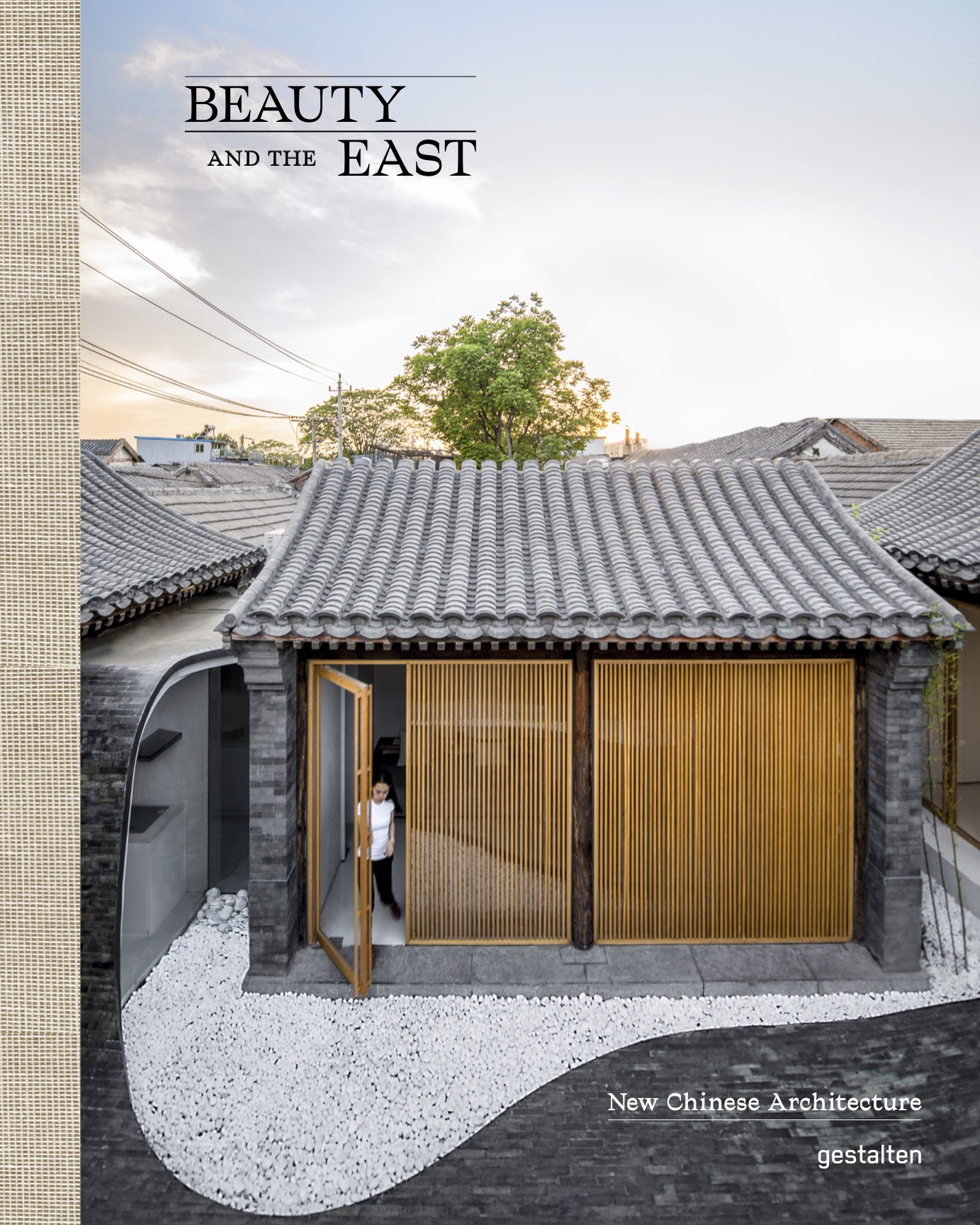
Yoko Choy: In your preface, you write: “There is probably not a single Chinese architect who has not become a devotee of modern architecture after studying French master Le Corbusier’s collection of essays Vers Une Architecture (Towards a New Architecture).” Architecture in China has been developing rapidly over the past few decades; in your opinion, what is the “new architecture” in a Chinese context and how will it develop in the future?
Wang Shu: The question should be seen from multiple perspectives, especially since the “new architecture” that we refer to nowadays is quite different than it was 20 to 30 years ago. At that time, we were determined to pursue something extremely new and disruptive of the status quo because we were so dissatisfied with our reality. However, the concepts of “extremeness” and “disruptiveness” were based on Western architecture’s modernity. Since then, I have been asking the same question – what “new architecture” should we have in contemporary China?
One of the typical debates among architects from as early as the 1930s, as I recall, was about whether we should add a traditional Chinese roof to a new building. These debates are still ongoing, reflecting conflicting values between tradition and modernity. However, I believe the most crucial and urgent question for Chinese architects is spatial typology, which determines the relationship between culture, lifestyle, and space. The 20th century was a turbulent one for China, as society experienced drastic changes under an extreme ideological background. As a result, some architects concluded that past typologies were no longer relevant to the pursuit of “new architecture.”
Whether from the Soviet Union, Western Europe, or the US, the core practice of architecture built at that time was merely copied from the West; it was imported from abroad. We no longer have a typology of our own based on our cultural roots. This serious issue remains unresolved. I believe that an investigation of architectural typologies in a contemporary Chinese context is the starting point for any further development in our current architectural practices. The key question is how to establish a typology that inherits our longstanding traditions while adapting to China’s contemporary lifestyle.
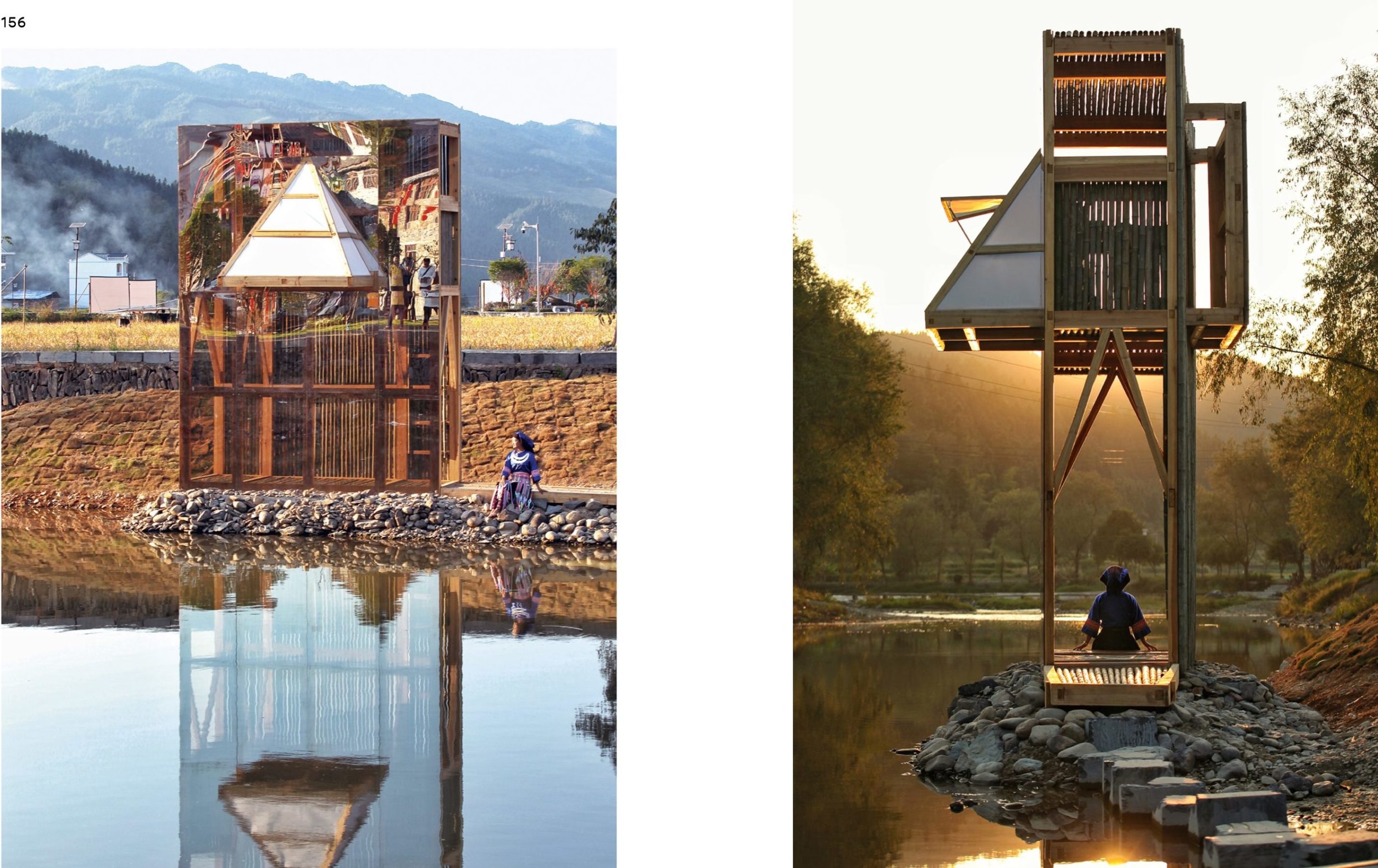 Do you consider it necessary to preserve the traditional architectural typologies that retain a Chinese cultural identity?
Do you consider it necessary to preserve the traditional architectural typologies that retain a Chinese cultural identity?
Culture is not a material entity. Culture relies on its people’s autonomy – it exists when people are conscious about producing and protecting it, and will disappear if this consciousness fails to exist. For example, while we were working on a preservation project in the local village of Wencun near Hangzhou a few years ago, we were planning to build a courtyard inside every residence. I always consider a courtyard as essential to the traditional culture and lifestyle in China. Therefore, having a courtyard seems to be natural and reasonable. But to our surprise, the locals held the opposite opinion – no one wants a courtyard nowadays. Each household was allocated a fixed 100 sq m of space from the authority for building their home, a layout of approximately 10 m x 10 m, and people preferred to put every single centimeter to use instead of making room for an “empty” courtyard, which, in a utilitarian mindset, is considered an economic loss.
To resolve this “simple” problem, we had to approach the provincial municipality and persuade them to add a courtyard in the land allocation, presenting it as an experiment in reviving tradition and preserving culture. Without this shift in local policy, no one would say yes to a courtyard. In other words, culture plays a limited role in situations like this, and intervention is needed to revive traditions.
In the end, the locals were pleased when the courtyard was installed. They realized how precious this private outdoor space could be. They would dry their duck and other meat products or make pickles; they would also hang out with their neighbors there – these cultural activities are all inseparable from courtyard space. We can see how fragile culture can be – once you interrupt its natural continuation, it is not that simple to restart it.
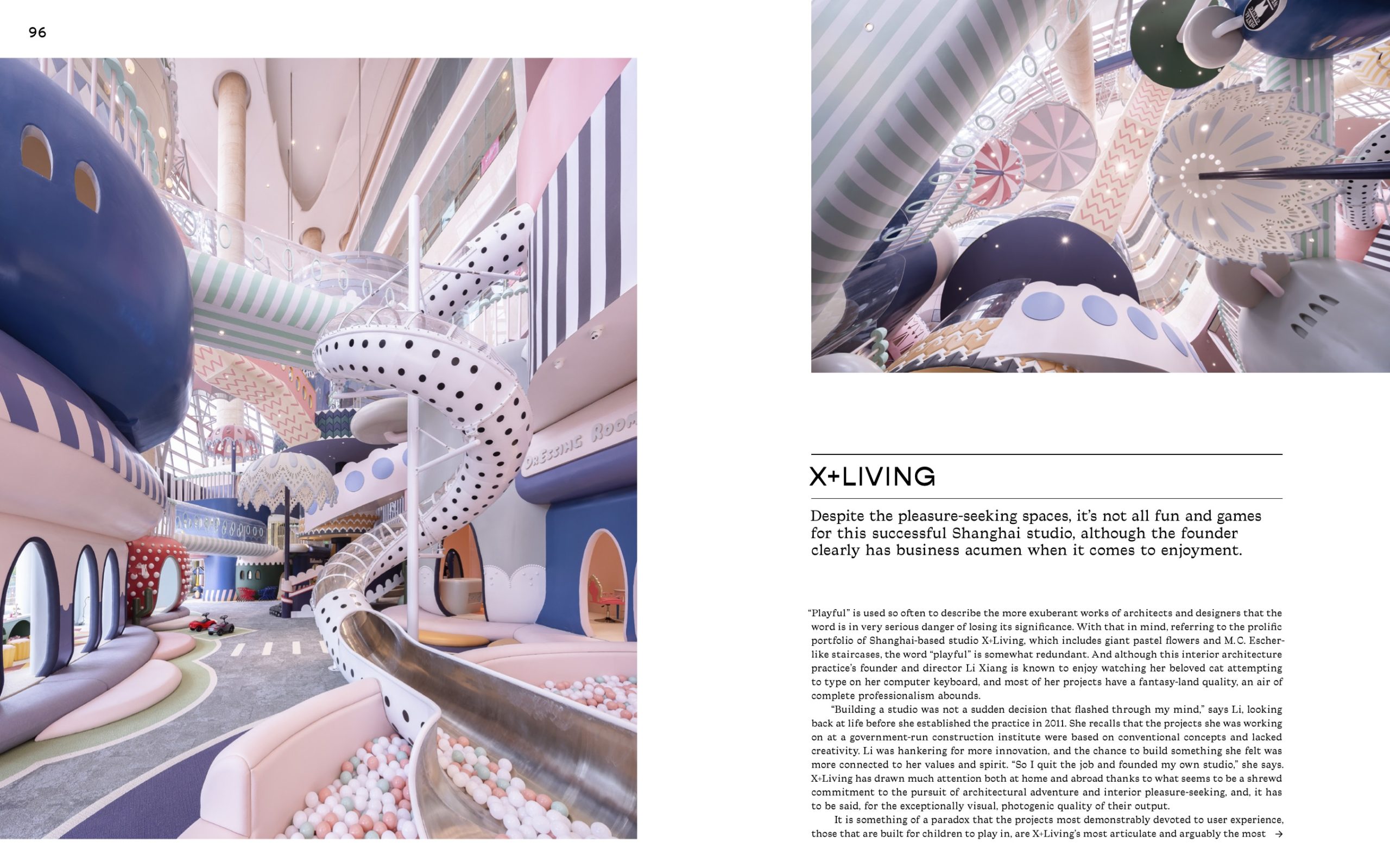
In the preface, you pointed out that “architects are obviously ideological and exploratory by nature, but the inadequacy of construction quality has been an arduous challenge.” It’s true that today we see a lot of “photo-architecture” – or designs that look perfect in photos but less in reality. What’s your opinion in that regard?
It’s true that some architects know how to make a building appear flawless in photographs but care less about how to perfect the spatial details of the actual building. On the other hand, I think it is also a question of the architects’ experience and capability.
Western schools heavily influence architectural education in China. In some Western schools, the way architecture is taught can be problematic as neither the students nor the educators are given enough opportunity to practice and perfect their craft; the curriculum focuses on concepts and theories. This kind of architectural education is not sufficient. Architects need to mature gradually; it takes years of practice for an architect to understand his role in society.
Meanwhile, China’s professional reality is also different – students take charge of projects right after graduation. A fresh architect graduate usually requires years of training as an apprentice before being put in charge of a project. Yet, as demand is ever-growing in China, opportunities are abundant for even the least experienced professionals. Consequently, although they can make photogenic buildings, many details are left out of the bigger picture. In China, this architectural tendency can be called “decorative architecture” or “scenic architecture” – something more of a theatrical expression than an architecture expression. These can bring about a quick delivery; however, while the buildings will have a nice-looking, modern façade, the inside will be full of problems.
This problem is rooted in our current educational model, which has lost touch with our longstanding traditions of craftsmanship and should target its particular situation. In my role as an educator, I prioritize construction methods before theories; our students learn to work with materials with their hands before learning abstract theories. They have to acquire basic carpentry skills and learn how to work with bricks and rammed earth to build surfaces. Ideas that cannot be executed are worth nothing; in fact, this methodology also reflects the essence of the “craftsmanship” in the Chinese architectural tradition. At first glance, this tradition seems not to be bound to any philosophy or ideology, but it has a knowledge system built around materials combined with artisanship.
This problem is uniquely Chinese.
Indeed, this leads architects with a more reflective approach to question how things should and could be done properly in China. For example, to imitate the European way – the so-called high-tech architecture – needs highly industrialized processes that are not possible in China. Even if we could realize this type of architecture, no one would dare because it takes a lot of time and high costs. In a pragmatic, profit-driven China that pursues short-term benefits, no one is willing to do such delicate things. But does it mean that China cannot produce good architecture under all these constraints? I don’t think so; I believe good architecture is possible in all kinds of conditions. There is a saying central to Chinese philosophy, “Yin di zhi yi (因地制宜),” which means “suit one’s measures to local conditions.” Or, to produce good architecture, architects should pursue methodologies that adapt to local constraints and conditions in the most simple and straightforward way.
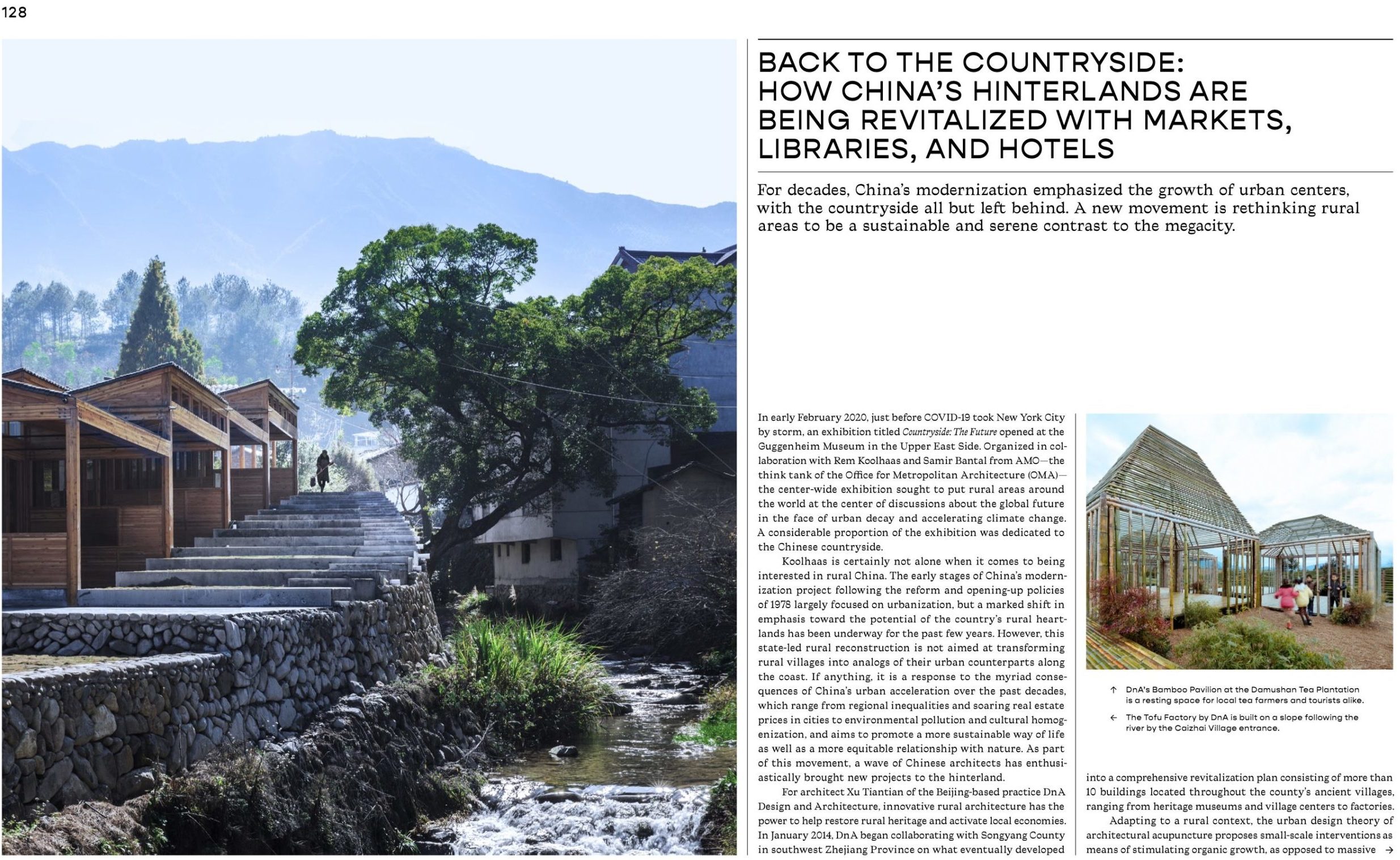
We talked about architects’ responsibility to produce quality buildings. Do you think nowadays that Chinese developers and government authorities have a better understanding of architecture and are more open to new ideas, and have more respect for design and quality?
Indeed, more and more clients (from both the private and public sectors) show appreciation towards design and the quality of architecture in the service of maintaining our culture. This is a significant improvement on the situation back in the 1990s. However, their good intentions are usually paired with little awareness about the preconditions and organization needed to execute a good idea. Projects are expected to be finished in no time. The client may also very much desire luxury while not being able to afford the cost of it. We refer to this in Chinese as “Ye gong hao long (叶公好⻰)” – a man who loves the look and idea of dragons but is intimidated when encountering one.
In China’s unique situation, if you want good architecture, you have to know how good architecture “happens”. Many clients don’t know how good buildings are built, so there will be many complications in the development process, which will make a good building impossible. For an architect to excel, it takes not only capability and hard work, but he/she also has to be smart enough and experienced enough to handle all the project’s complications. It is a real challenge for architects of our generation. China is not without opportunities to produce good buildings, but they are difficult to grasp.
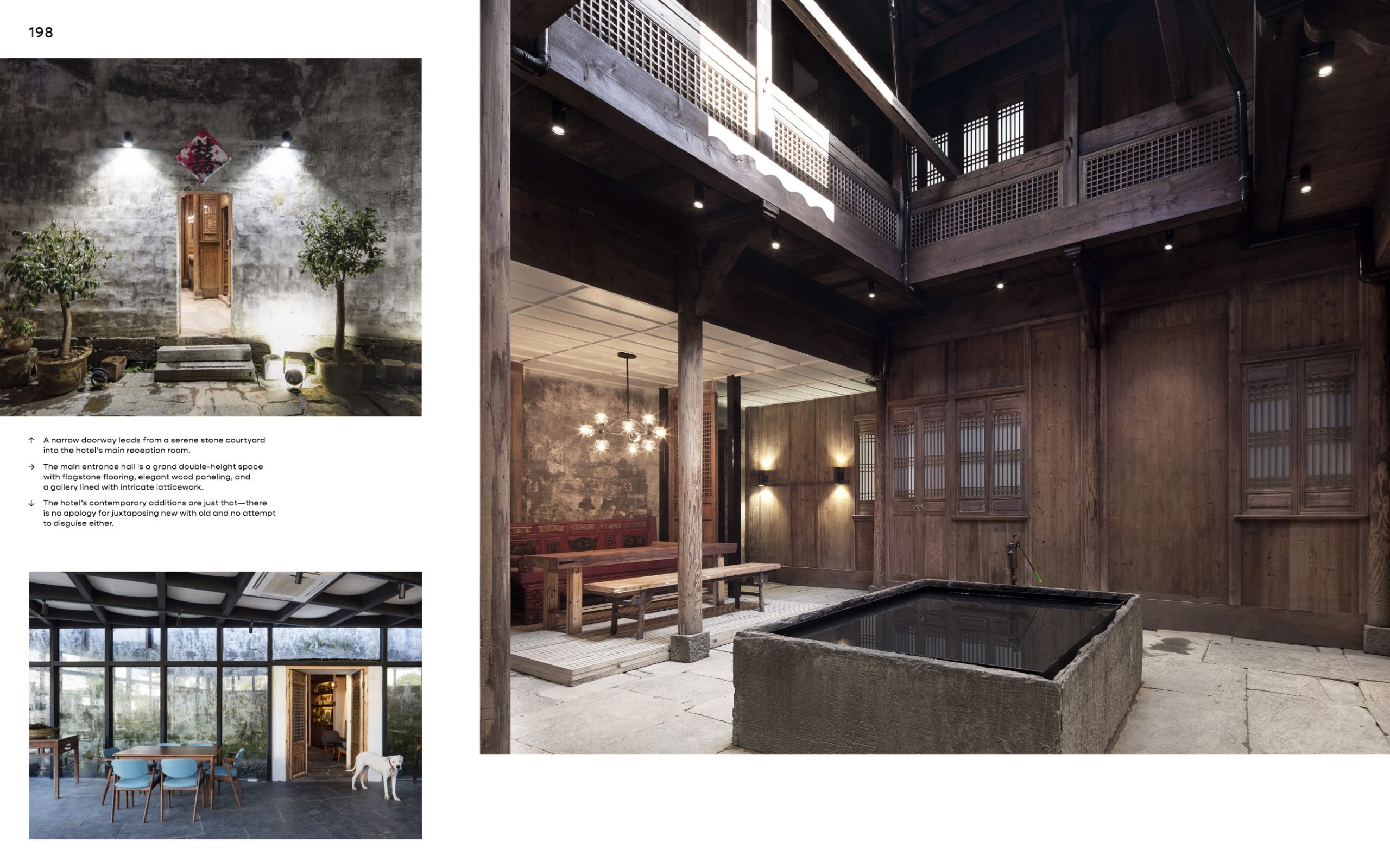
What are you working on at the moment? Can you share some recent projects that you find interesting?
We only take interesting and purposeful projects; this is a principle of our studio. Before 2012, we had a rule that, without exception, we would just take one project each year. Since I was awarded the Pritzker Prize, society expects me to create more and contribute more. So, since then, we’ve increased our quota to two projects a year. People might ask why still only two, and the reason is simple – because in China today, in our society’s particular circumstances, it takes substantial energy and time to perfect a project.
Is this also the reason why the studio rarely takes commissions from outside of China?
That is a whole different story. Since our way of doing architecture is deeply connected to traditional Chinese architectural craftsmanship, it would be hard to carry it out in the way we would want outside of China. Up until now, we have accomplished very few projects abroad, although we once built a bus stop of six square meters in Austria. But that was only because we managed to find a skilled local carpenter who could realize our concept. We also recently finished a museum space in Berlin, which was in collaboration with a local carpenter.
These small-scale projects are feasible for us, but anything bigger would be too complicated. I found that artisanship is getting rarer in Europe these days, and it has become a luxury whose cost could not be justified. It would be more sensible for us to collaborate with countries in the Global South – perhaps in South-East Asia, South America, and Africa – because our cultures share a similar connection to nature, and we have a similar approach to architecture.
Our consideration is not purely about practicing abroad but is also concerned about the difference between Eastern and Western civilizations – our ways of architecture have been established under tremendous differences in culture and social constructs. Modern Western architecture – in countries in Europe, the US, and Japan – is an entirely industrialized and artificial system, which draws a clear boundary between man and nature. In China, traditionally, our approach is more nuanced and doesn’t distinguish people from nature. Hence, it is not simply a comparison between tradition and modernity.
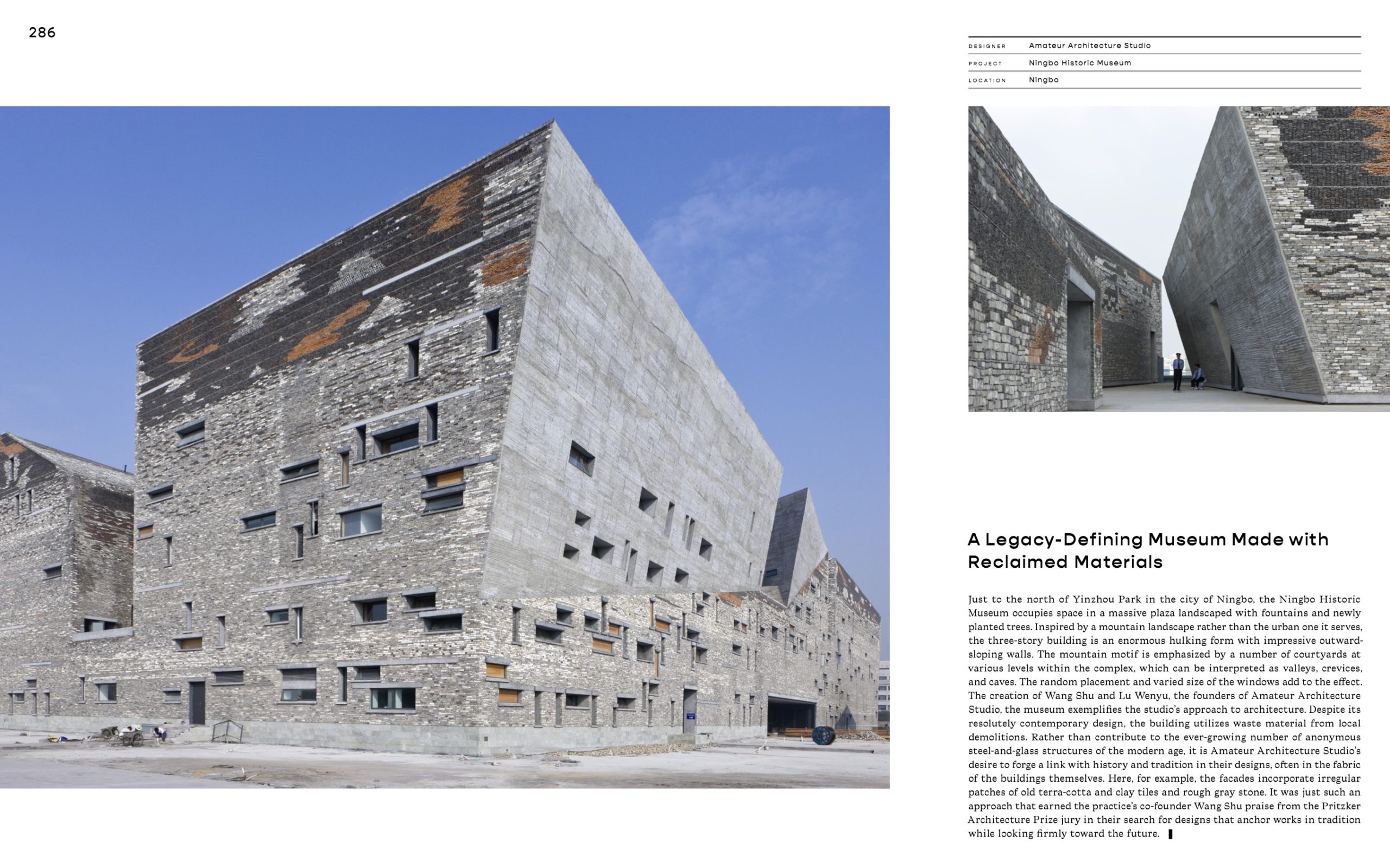
Chinese architecture and architects are receiving a lot of attention at the moment. Taking into account China’s different cultural background that you’ve discussed, what kind of influence and contribution, in your opinion, could Chinese architects bring to the global architecture community?
Chinese architects should reflect on their role in an era full of cultural conflicts and the current environmental crisis to decide what values and contributions they could make on a global scale. One of the main subjects would be establishing a new architectural ecosystem that allows us to coexist with nature and step away from the overly artificial and industrial state of affairs. This is what we should be discussing: not simply Chinese cultural identity at face value. Many people simplify Chinese culture into decorative symbols and neglect to address essential philosophical discussions about our core values.
You mentioned that Chinese ideas of architecture are more concerned with nature than those in the West. Do you think the experiences and ideas of Chinese architects can be used as a reference for the future development of the international community?
Definitely. There are architects in the international community who are also challenging our society’s overly industrialized and artificial system. However, in many cases, the latest methods being suggested are not compatible with the modern scientific and technical specifications in building regulations. It is not about architects favoring a certain way of building but rather that technological thinking creates a strong divide between man and nature. Some French architects are attempting wooden high-rise structures, while other Chinese architects are exploring ways to use rammed earth in large-scale buildings. Both face the same problem: incorporating technology and satisfying modern technical specifications in the building process while handling natural materials.
We might also encounter difficulties from other aspects of this process; for example, this generation of construction workers has lost touch with building traditions and can no longer work with natural materials or in a craftsmanlike manner. After completion, the management or government departments have little technical back-up information and support to maintain the structures correctly. In this regard, I would say this is a revolutionary era in which to rethink the notion of “new architecture” and develop a tenable system.
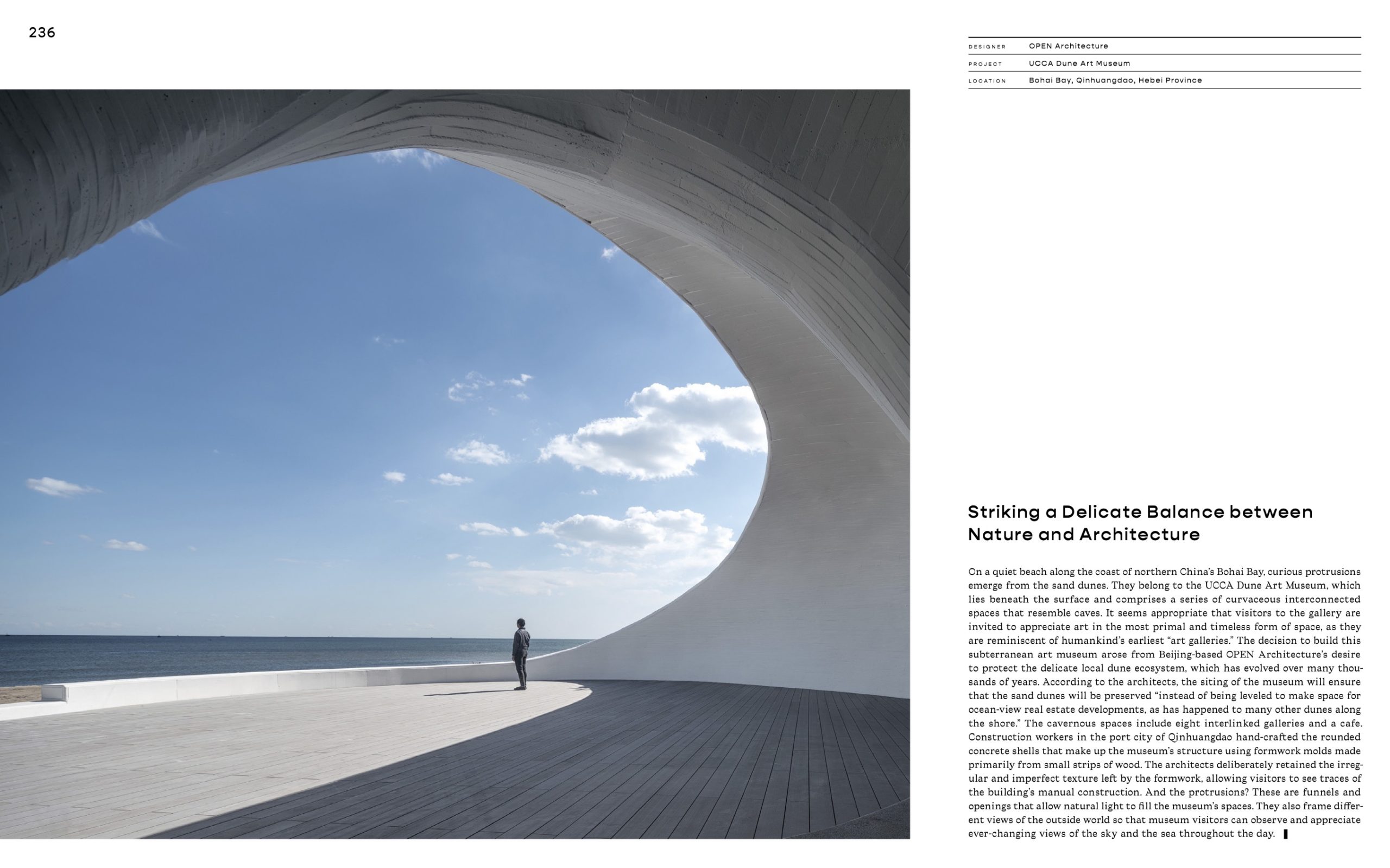
We are constantly discussing the impact of architecture on our society and environment. From the perspective of environmental protection and sustainable development, it is only reasonable to produce architecture of high quality and great longevity. But it is not the case yet in China.
I think the situation in China now is a result of a whimsical mix of Chinese and imported culture. Most of our buildings look like temporary structures erected for short-term purposes; they will be torn down and rebuilt in about 10 to 20 years. On the one hand, this reflects a utilitarian, profit-driven way of thinking that renders architecture primarily a commercial product of the burgeoning market economy. Investors think that as long as the building sells, it’s time to move on to the next project. Our contemporary society is impetuous and lacks an appreciation of sustainability and quality.
On the other hand, again, it’s about Chinese architectural traditions. Traditional Western architecture was created with materials like stone to last a thousand years. The idea of longevity and sustainability is embedded in such processes. Chinese architecture, however, stems from a different way of thinking about sustainability as it employs materials like soil and wood, which are not supposed to last forever. Using seemingly fragile and short-lived materials builds a resilient and flexible natural system that is constructed to achieve a kind of cyclical endurance that reflects the essence of traditional Chinese culture. However, this essence and innate connection with nature has gradually faded from modern Chinese society, but I think such a way of looking at things still exists in our consciousness.
Would it be beneficial to our society in the future if we continue to go on the path created by this unique combination of East and West in our current practice?
We should see that as our pursuit, as it is a path that we have created. The system of traditional Chinese architecture is flexible and ever-evolving. As a good example, the wooden structure of traditional Chinese architecture is prefabricated. Prefabrication means that if a piece of wood breaks, it can be replaced to maintain the building’s integrity. We can still find these wooden structures from the Tang Dynasty (more than a thousand years ago), although there might only be 20 or 30 percent of the materials from the initial building while the rest are replacements that happened along the way.
China’s current challenge is that this traditional architectural method cannot be implemented in reinforced concrete structures, whose conglomerate materials are not easily replaced. Chinese architecture cannot simply imitate the Western system; architects must think independently to place the future of architecture in the framework of localized, sustainable development. The pursuit of sustainable development itself is sometimes paradoxical in the Chinese context – to achieve energy efficiency in buildings requires an insulating layer in the wall, for example, but the natural materials used in traditional Chinese architecture must be ventilated inside and out. Consequently, the pursuit of energy efficiency will eliminate Chinese traditions. So, is the Western model of energy efficiency suitable for China? Chinese architects must think of different ways in which sustainability can be integrated with our architectural traditions.
There is also a growing international debate about the sustainability of the very idea of “sustainability,” which is to say that the current solutions to environmental problems are temporary and not a circular system that the world truly needs.
Overall, I think the system needs a paradigm shift, which I am also working on right now. Together with the architecture journal “Architecture China,” we launched the Architecture China Award last year; its theme, “Built by Nature,” facilitates the thinking of sustainability in our context and pushes our architects towards this direction.
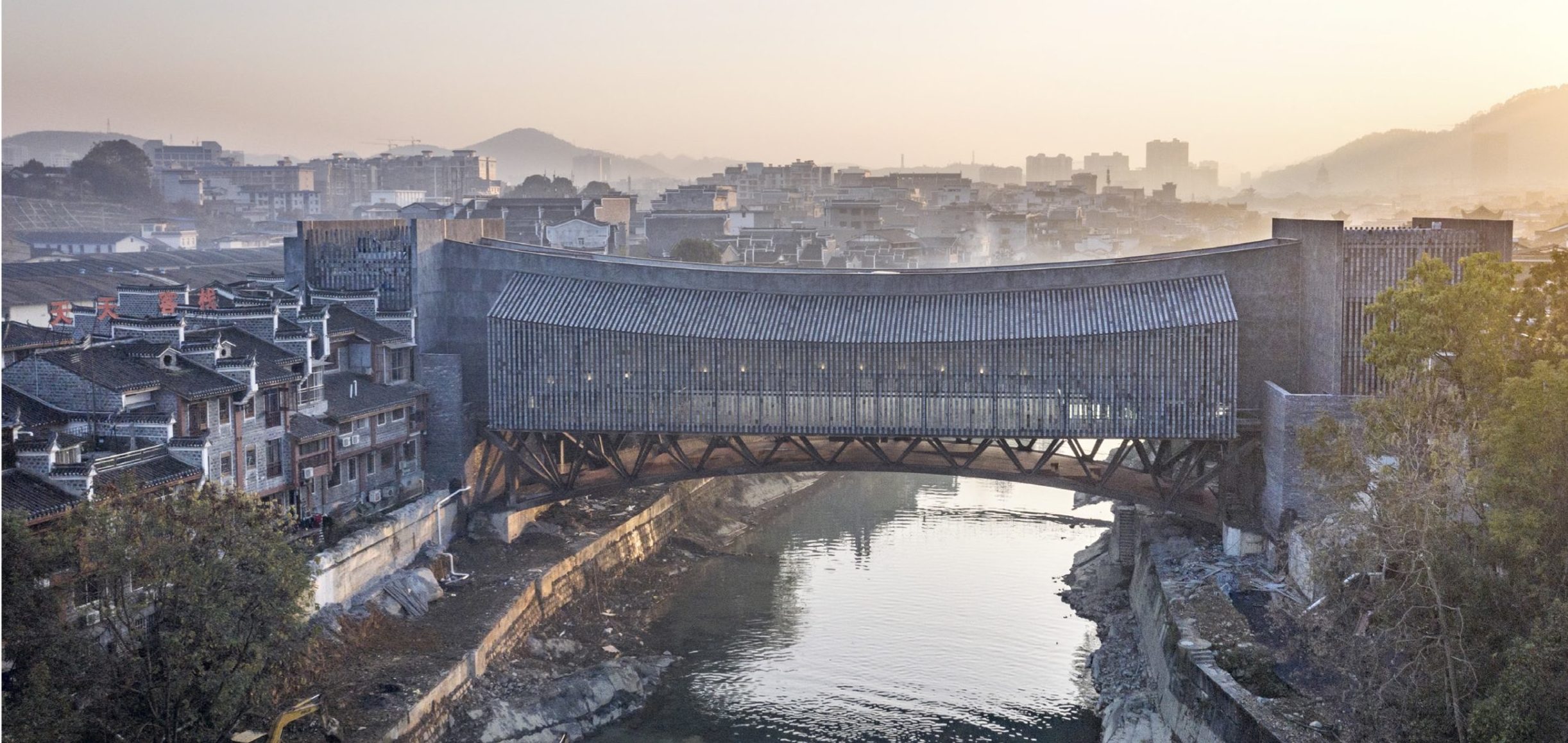
Last chance: The 14th Architizer A+Awards celebrates architecture's new era of craft. Apply for publication online and in print by submitting your projects before the Final Entry Deadline on January 30th!

